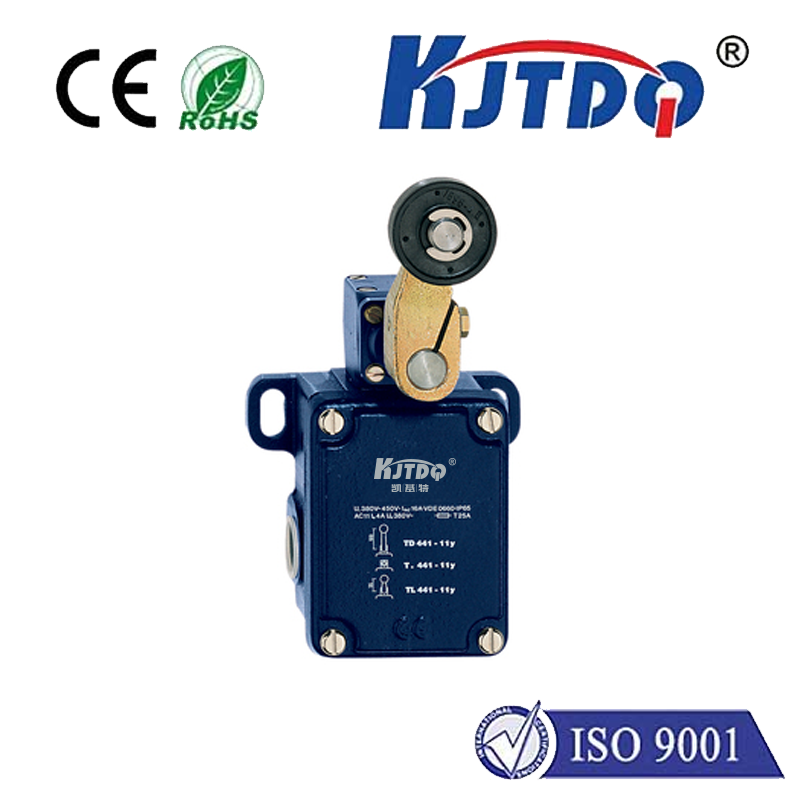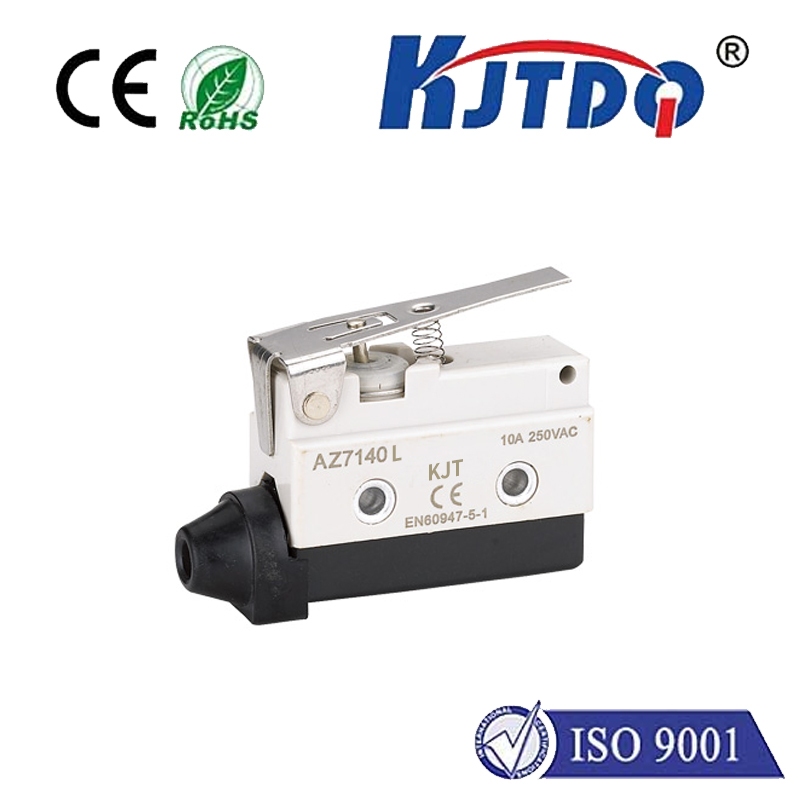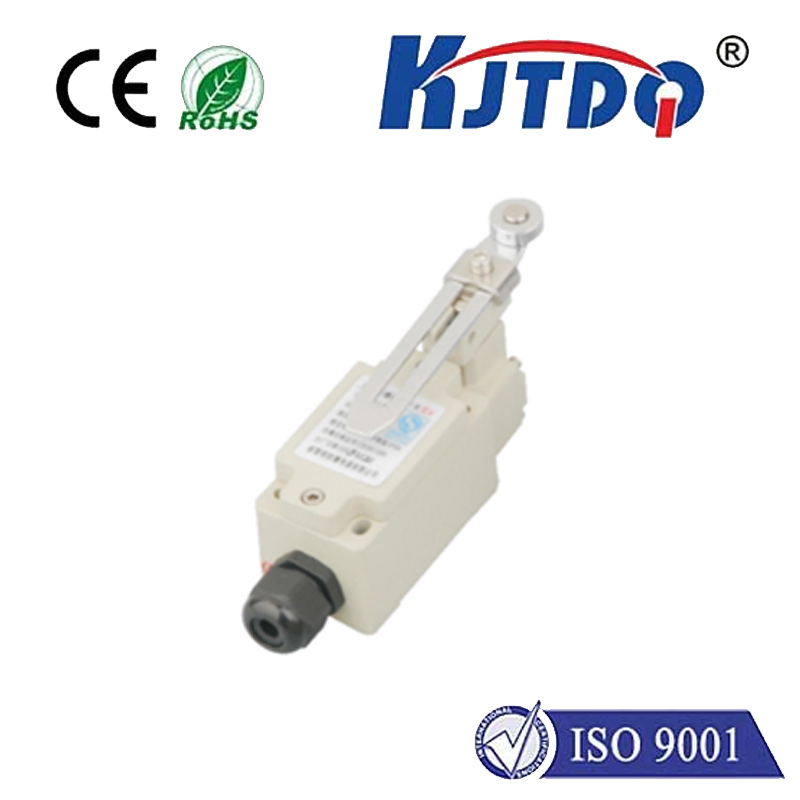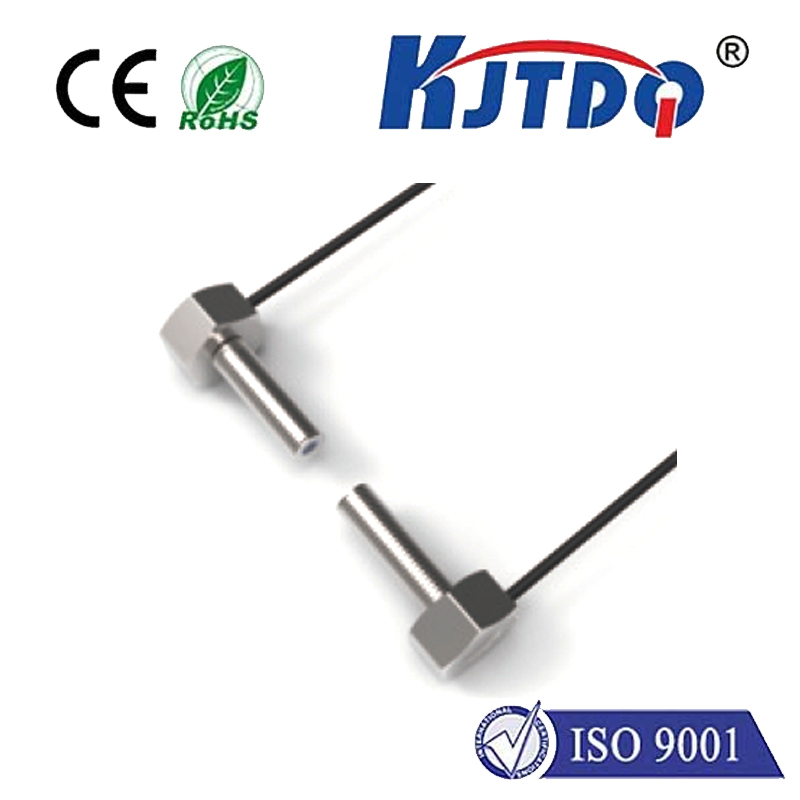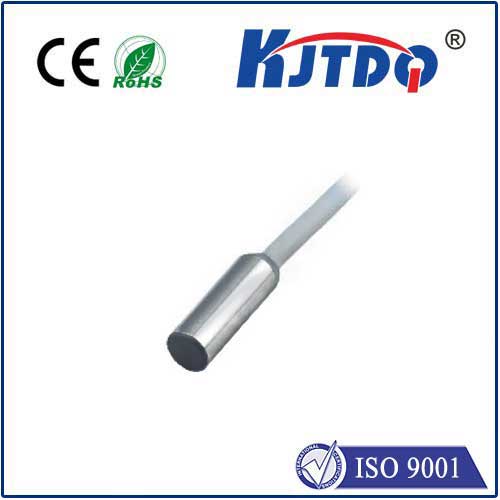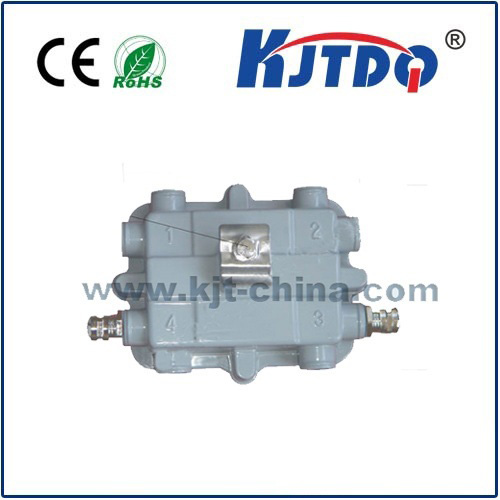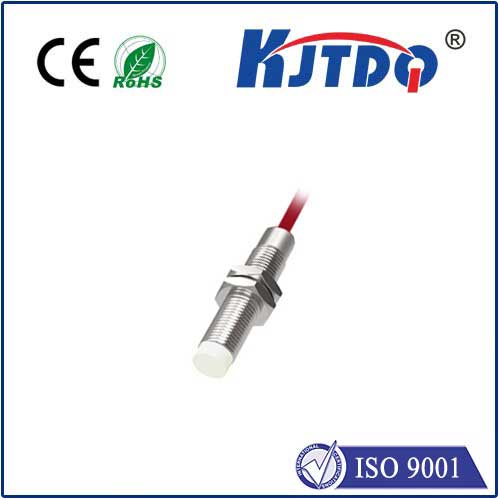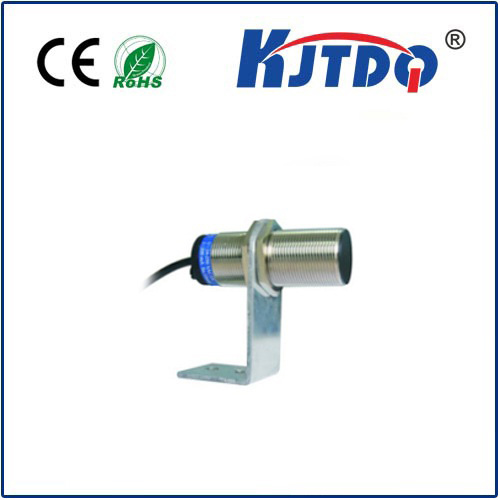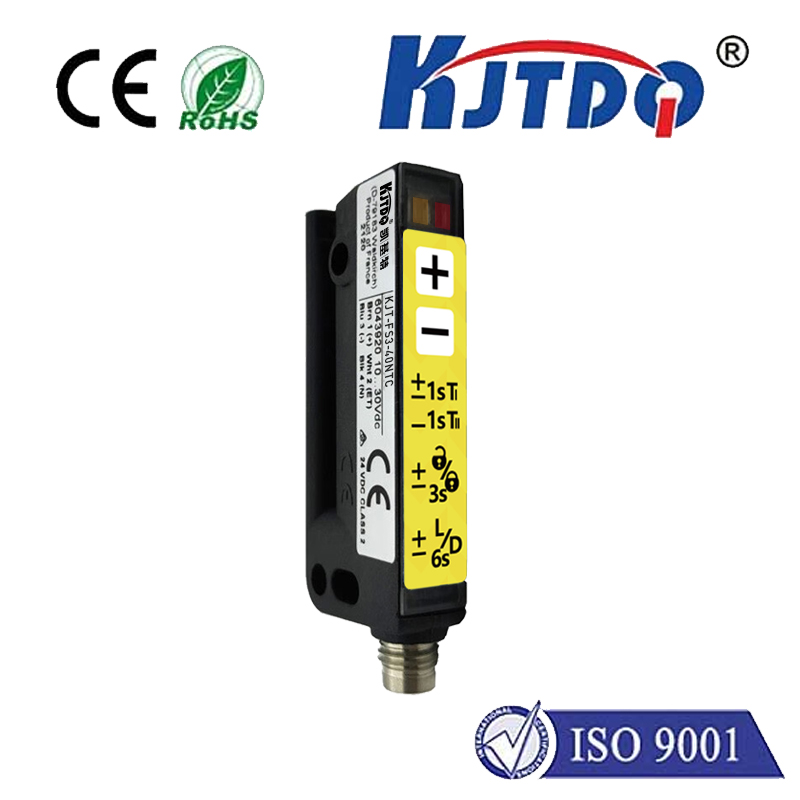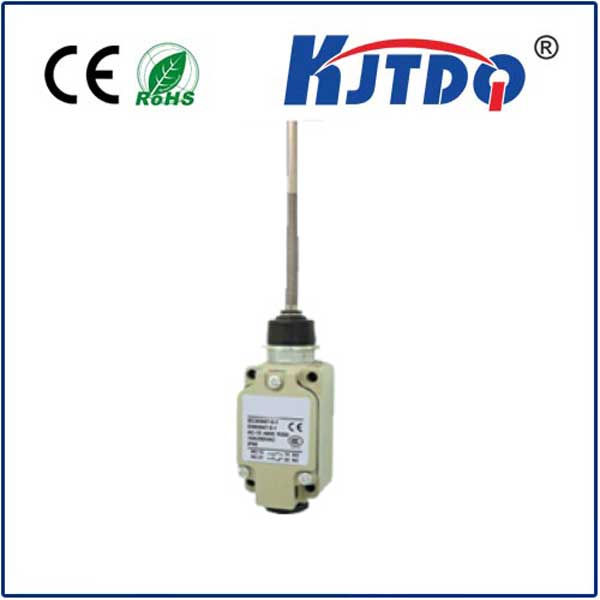
check

check

check

check
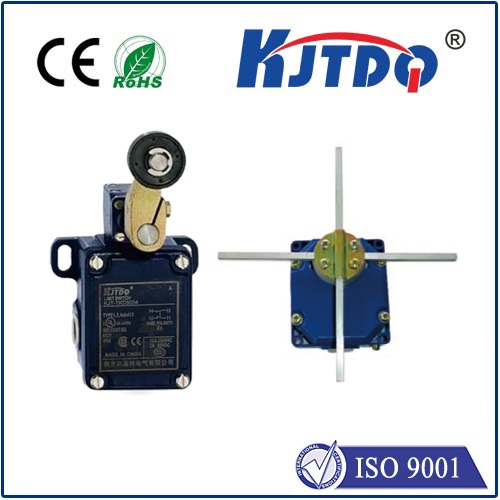
The difference between flush and non-flush limit switches lies in the position and method of triggering the limit.
Flush limit switch: During the working process of mechanical equipment, when the execution component reaches the set position, the switch will trigger and stop the movement of the execution component. Flush limit switches are usually installed at the extreme position of the equipment and trigger the switch through mechanical action (such as collision, contact, etc.).
Non-flush limit switch: Non-flush limit switch can trigger limit signals at various positions of mechanical equipment. They are usually implemented through non-contact sensor technology (such as photoelectric sensors, magnetic sensors, etc.). When the actuator approaches the position of the limit switch, the sensor senses its presence and triggers the switch.
Proximity sensors of the same specifications, although not flush, can achieve a larger sensing distance. However, the flush installation form has good mechanical protection performance. Its head shielded design has stronger anti-interference ability and less chance of missensing than non-flush installation sensors.
Generally speaking, the flush limit switch relies on mechanical contact to trigger the limit, while the non-flush limit switch detects the target position and triggers the limit through a non-contact sensor. These two limit switches are suitable for different application scenarios, and the choice should be determined based on specific equipment needs and design requirements.
